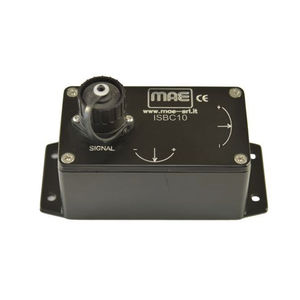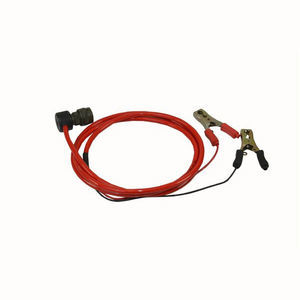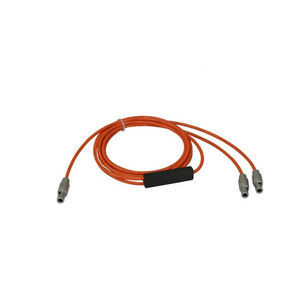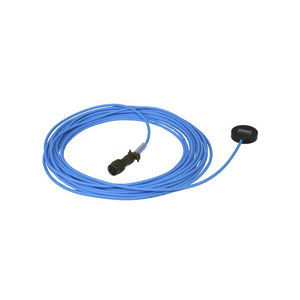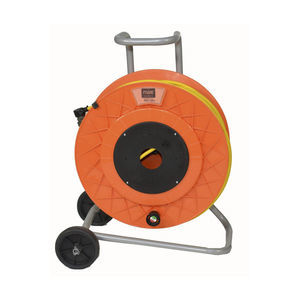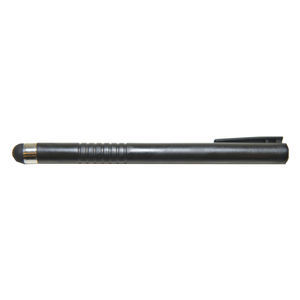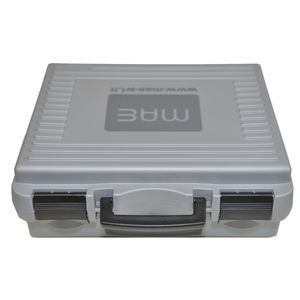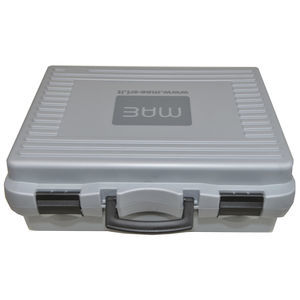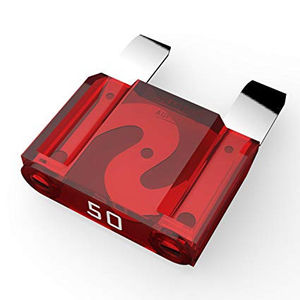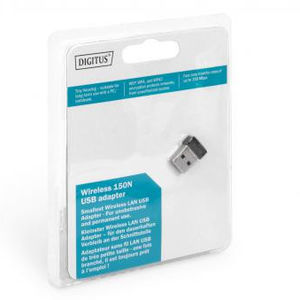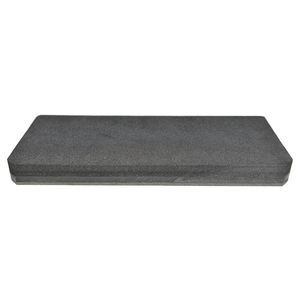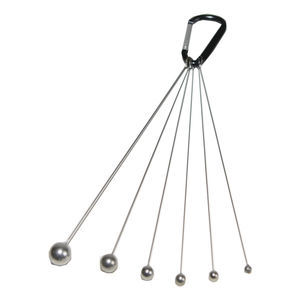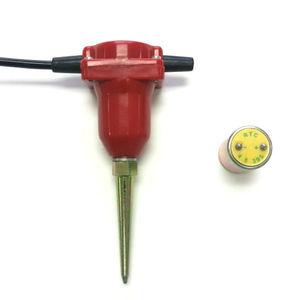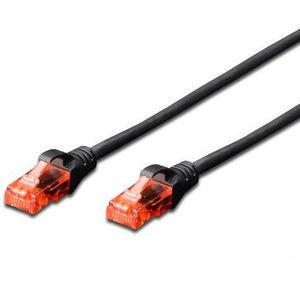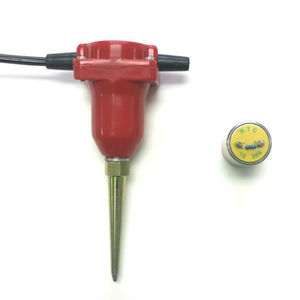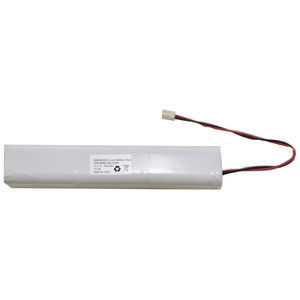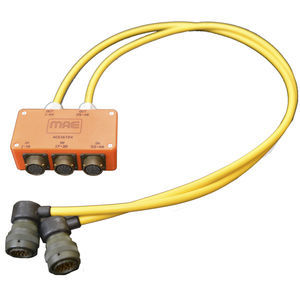
- Company
- Products
- Catalogs
- News & Trends
- Exhibitions
Ultrasonic probe SUF63FRF for NDTcross-holefor concrete



Add to favorites
Compare this product
Characteristics
- Technology
- ultrasonic
- Applications
- for NDT, cross-hole
- Domain
- for concrete
Description
PROBE FOR SONIC LOGGING (CROSS-HOLE)
The cross-hole is a method to analyze the foundation poles of buildings that, with the use of ultra-sounds, crosshole, allow to carry out an accurate high resolution test. An ultra-sonic wave is sent from a transmitter to a receiver, which are convoyed automatically by the device along the entire length of the pole inside the pipes embedded inside of it, during casting. The speed of the sonic wave and its energy are strongly influenced by the quality of the cement. Therefore, it is possible to assess the characteristics and give a tomographic representation in 2D and 3D called diagraphy.
Description
Ultrasonic probe for non destructive test (NDT) on concrete foundation poles. SUF63FRF model is an ultrasnoci high efficiency active transducer which can be used both as emitting (TX) and as receiver (RX) probe. It is properly designed for non destructive test on concrete foundation poles. Ultrasounds allow to detect holes, air bubbles, micro-cracks into investigated pole. Probe is designed and manufactured by MAE according to the highest qualitative standards to provide long-lasting efficiency without signal decay.
Physical specifications
• Case: stainless steel
• Diameter: 30 mm
• Height: 120 mm
• Weight: 125 g (cable included)
• Operative temperature range (°C): -20 to +80
• Sensitive element: piezoceramic
• Connector: ODU water resistant
• Cable lenght: 2.5 mt
• Immersion depth limit: 150 m
Catalogs
No catalogs are available for this product.
See all of M.A.E. S.r.l.‘s catalogs*Prices are pre-tax. They exclude delivery charges and customs duties and do not include additional charges for installation or activation options. Prices are indicative only and may vary by country, with changes to the cost of raw materials and exchange rates.



















